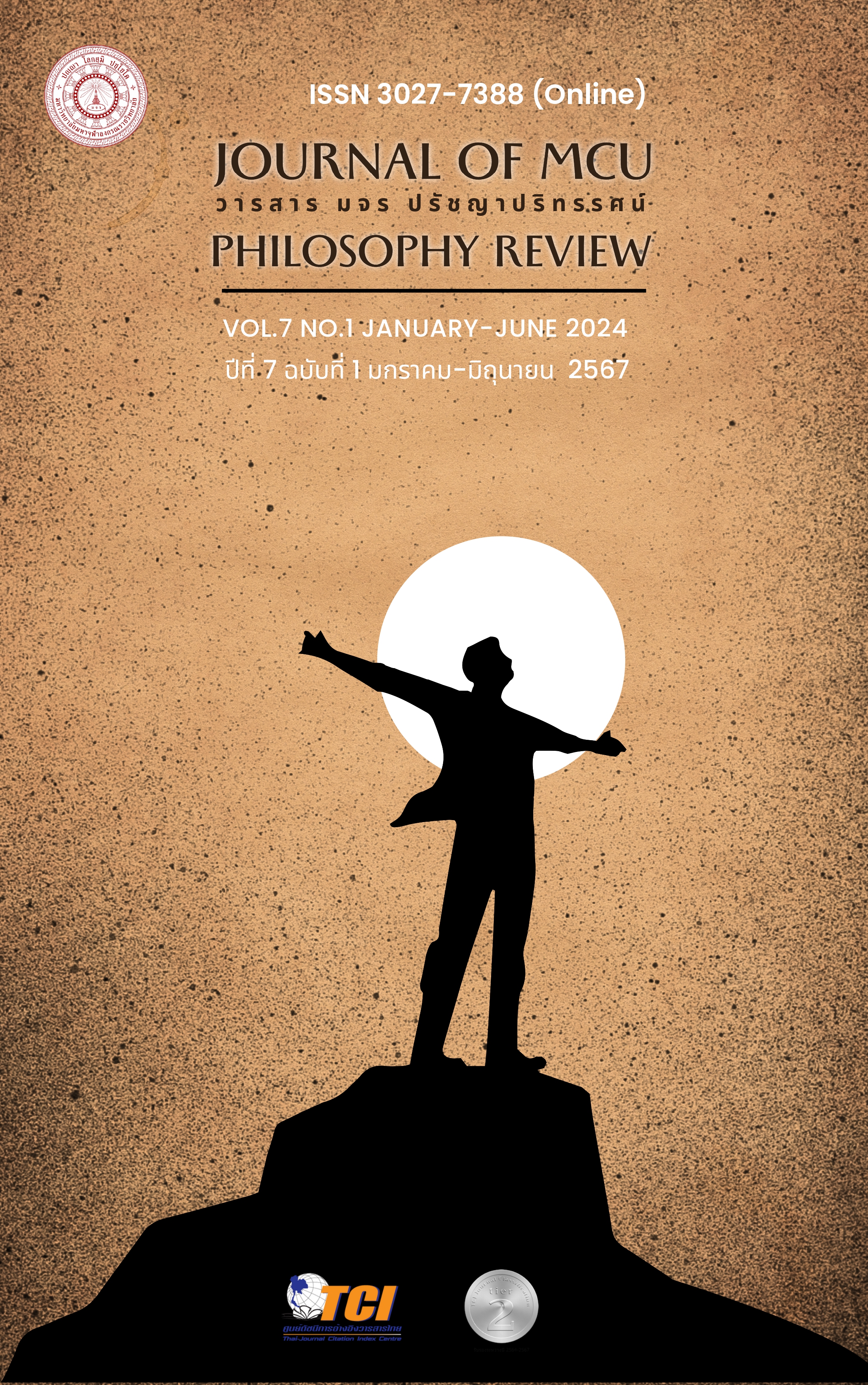The Administrator Communication and Organizational Climate in The Secondary Educational Service Area Office Suphanburi
Main Article Content
Abstract
The purposes of this research were to determine : 1) the administrators’ communication in schools under The Secondary Educational Service Area Office Suphanburi, 2) the organizational climate in schools under The Secondary Educational Service Area Office Suphanburi, and 3) the relationship between administrators’ communication and organizational climate in schools under The Secondary Educational Service Area Office Suphanburi, The samples used in these research were 28 schools under The Office of Secondary Educational Service Area Suphanburi, There were 4 respondents from each school, consisted of a school director, a deputy director, and 2 teachers in total of 112 respondents. The tools used in this study were opinionnaires based on communication of executives according to the concept of Cutlip, Center and Broom. For the organizational climate based on the concept of Litwin and Stringer. Statistics used in data analysis were frequency, percentage, arithmetic means, standard deviation and Pearson's product-moment correlation coefficient. The findings of this research were as follows: 1. The administrators’ communication in schools under The Secondary Educational Service Area Office Suphanburi as a whole was rated at a high level. 2. The organizational climate in schools under The Secondary Educational Service Area Office Suphanburi as a whole was rated at a high level. 3. The administrator communication and organizational climate in school under The Secondary Educational Service Area Office Suphanburi was significant correlated at 0.01 level.
Article Details

This work is licensed under a Creative Commons Attribution-NonCommercial-NoDerivatives 4.0 International License.
บทความที่ได้รับการตีพิมพ์เป็นลิขสิทธิ์ของวารสาร มจร ปรัชญาปริทรรศน์
ข้อความในบทความที่ได้รับการตีพิมพ์ในวารสาร ถือเป็นความรับผิดชอบของผู้เขียนบทความ และข้อคิดเห็นนั้นไม่ถือว่าเป็นทัศนะและความรับผิดชอบของกองบรรณาธิการวารสาร มจร ปรัชญาปริทรรศน์
References
กระทรวงศึกษาธิการ. (2545). พระราชบัญญัติการศึกษาแห่งชาติ พ.ศ.2542 แก้ไขเพิ่มเติม (ฉบับ ที่2)พ.ศ.2545, สืบค้นเมื่อ 10 กุมภาพันธ์ 2565, จาก https://www.moe.go.th/
backend/wp-content/uploads/2020/10/1-พระราชบัญญัติการศึกษาแห่งชาติ- พ.ศ.2542-ฉ.อัพเดท.pdf.
นพพงษ์ บุญจิตราดุล. (2557). หลักการและทฤษฎีการบริหารการศึกษา. พิมพ์ครั้งที่ 3, กรุงเทพฯ : ตีรณสาร.
อรอนงค์ สวัสดิ์บุรี. (2555). พฤติกรรมและการสื่อสารในองค์การ. พิมพ์ครั้งที่ 1, กรุงเทพฯ : สำนักพิมพ์แห่งจุฬาลงกรณ์มหาวิทยาลัย.
ภารดี อนันต์นาวี. (2557). หลักการ แนวคิด ทฤษฎีทางการบริหารการศึกษา. พิมพ์ครั้งที่ 5, ชลบุรี : มนตรีจำกัด.
วิเชียร วิทยอุดม. (2558). การจัดการสมัยใหม่. พิมพ์ครั้งที่ 2, กรุงเทพฯ : บริษัท ธนธัช การพิมพ์ จำกัด.
ณัฐกรณ์ หิรัญชาติ, (2556). บทบาทผู้บริหารกับการใช้เทคโนโลยีสารสนเทศและการสื่อสารในสถานศึกษา. (วิทยานิพนธ์ปริญญามหาบัณฑิต สาขาวิชาการบริหารการศึกษา คณะศึกษาศาสตร์). มหาวิทยาลัยศิลปากร.
ณัชปภา ภักตร์วิลัย. (2557). ทักษะการสื่อสารของบุคลากรโรงเรียนด่านทับตะโกราษฎร์อุปถัมภ์. (สารนิพนธ์ปริญญามหาบัณฑิต สาขาวิชาการบริหารการศึกษา คณะศึกษาศาสตร์). มหาวิทยาลัยศิลปากร.
ปนัดดา ปิ่นทัศน์. (2556). คุณลักษณะผู้บริหารกับบรรยากาศองค์การของสถานศึกษา สังกัดสำนักงานเขตพื้นที่การศึกษาประถมศึกษาเพชรบุรี เขต 1. (วิทยานิพนธ์ปริญญามหาบัณฑิต สาขาวิชาการบริหารการศึกษา คณะศึกษาศาสตร์). มหาวิทยาลัยศิลปากร.
หทัยทิพย์ สิขัณฑกสมิต. (2554). การติดต่อสื่อสารของผู้บริหารกับการปฏิบัติงานของครูในสถานศึกษาขั้นพื้นฐาน สังกัดสำนักงานเขตพื้นที่การศึกษาประถมศึกษาสมุทรสาคร.(วิทยานิพนธ์ปริญญามหาบัณฑิต สาขาวิชาการบริหารการศึกษา คณะศึกษาศาสตร์). มหาวิทยาลัยศิลปากร.
Cutlip Scott M. Center Allen H. and Broom Glen M., (1958). Effective Public Relations, 2nded., Englewood Cliffs, N.J. Prentice – Hall, Inc.
Litwin George and Stringer Robert Jr. (1968). Motivation and Organization Climate, Boston : Division of Research, Harvard University Graduate School of Business Administration.
Hewett Brittany S. and La Paro Karen M. (2020). Organizational Climate: Collegiality and Supervisor Education Programs. Early Childhood Education Journal, 48 : 415-427.
Pashiardis Georgia. (2000). School Climate in Elementary and Secondary School : View of Cypriot Principles and Teacher. The International Journal of Educational Management, 14: 5.
Zullig Keith J. and others. (2010). School Climate: Historical Review, Instrument Development, and School Assessment.Journal of Psychoeducational Educational Assessment, 28(2): 139-152.


